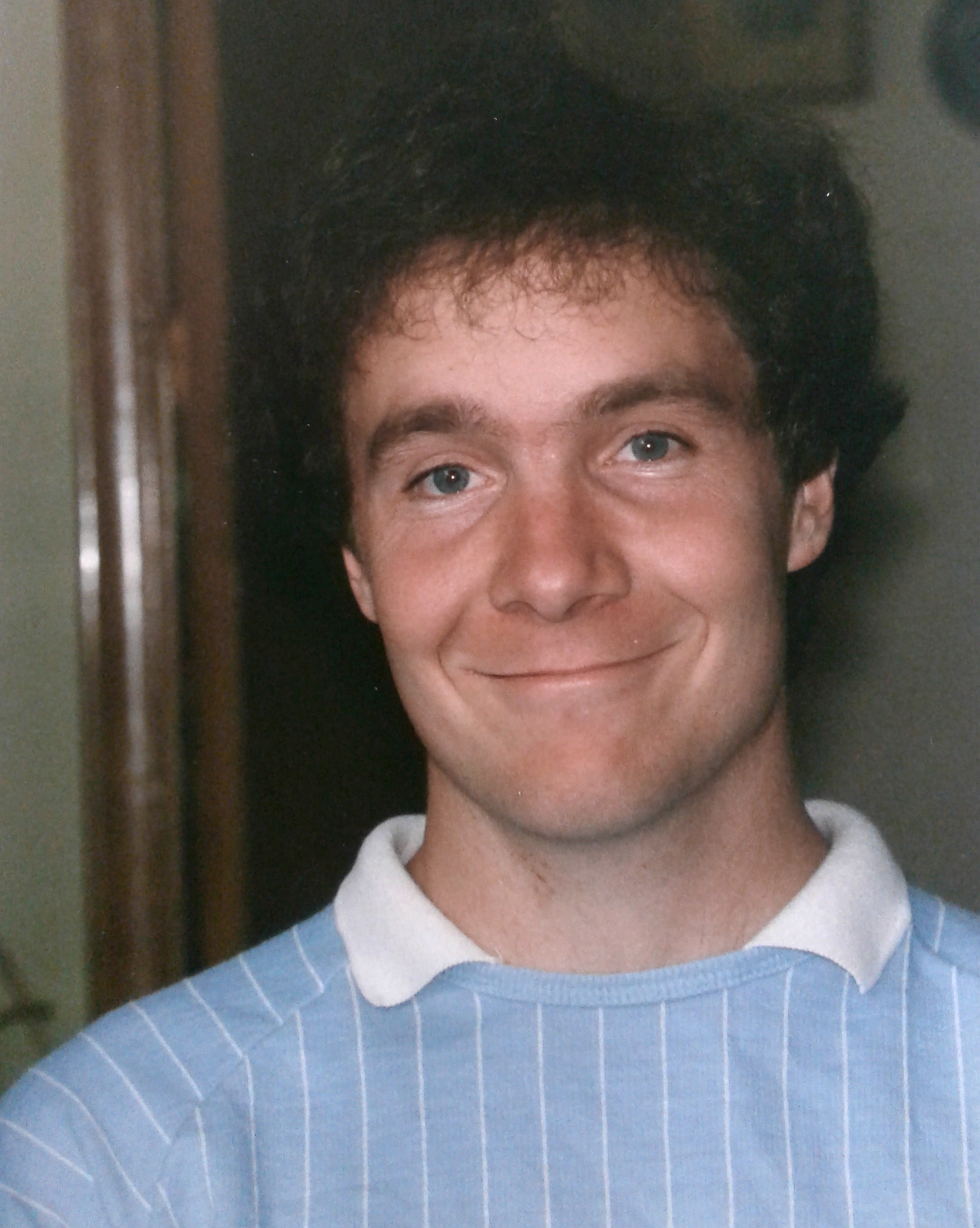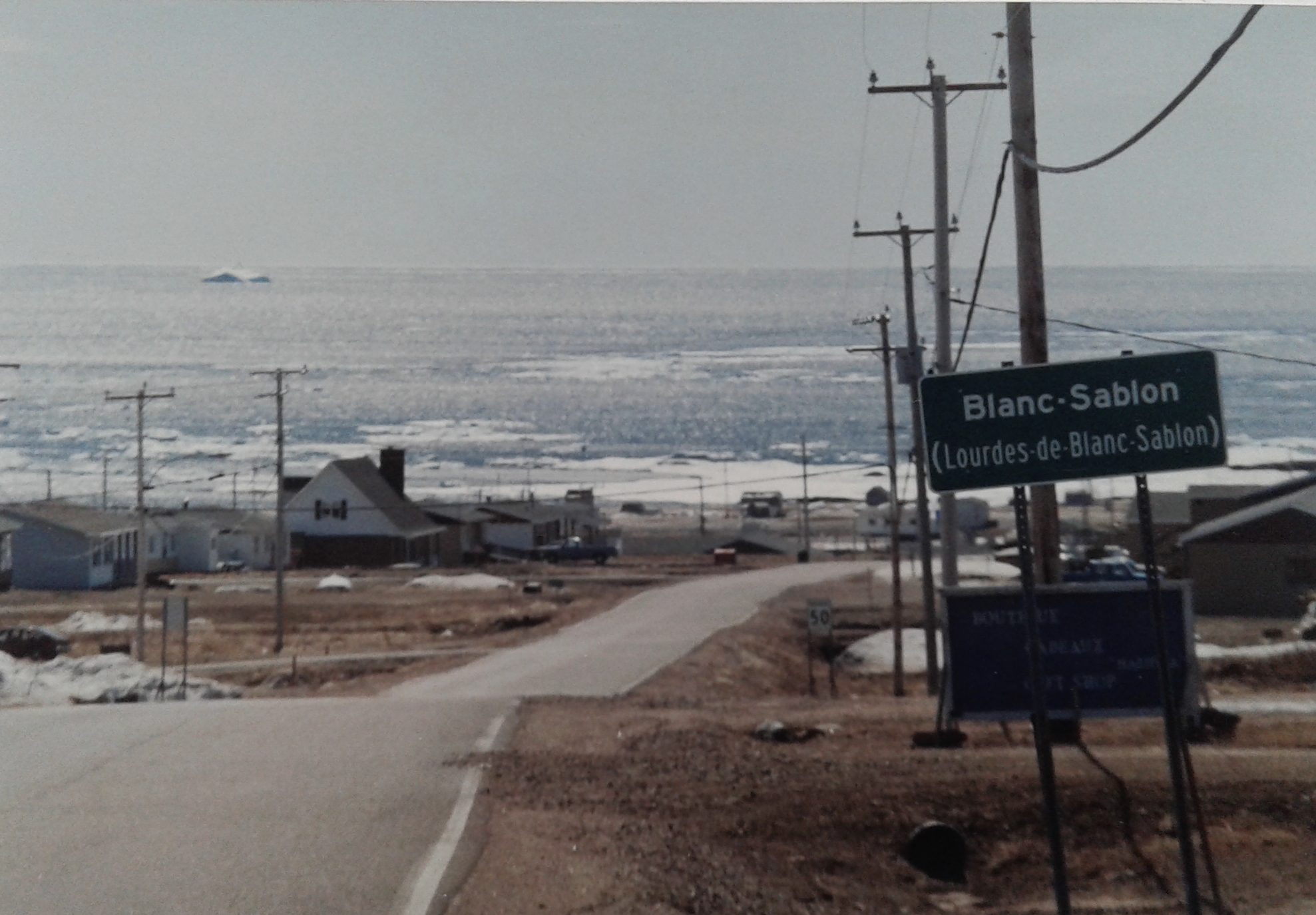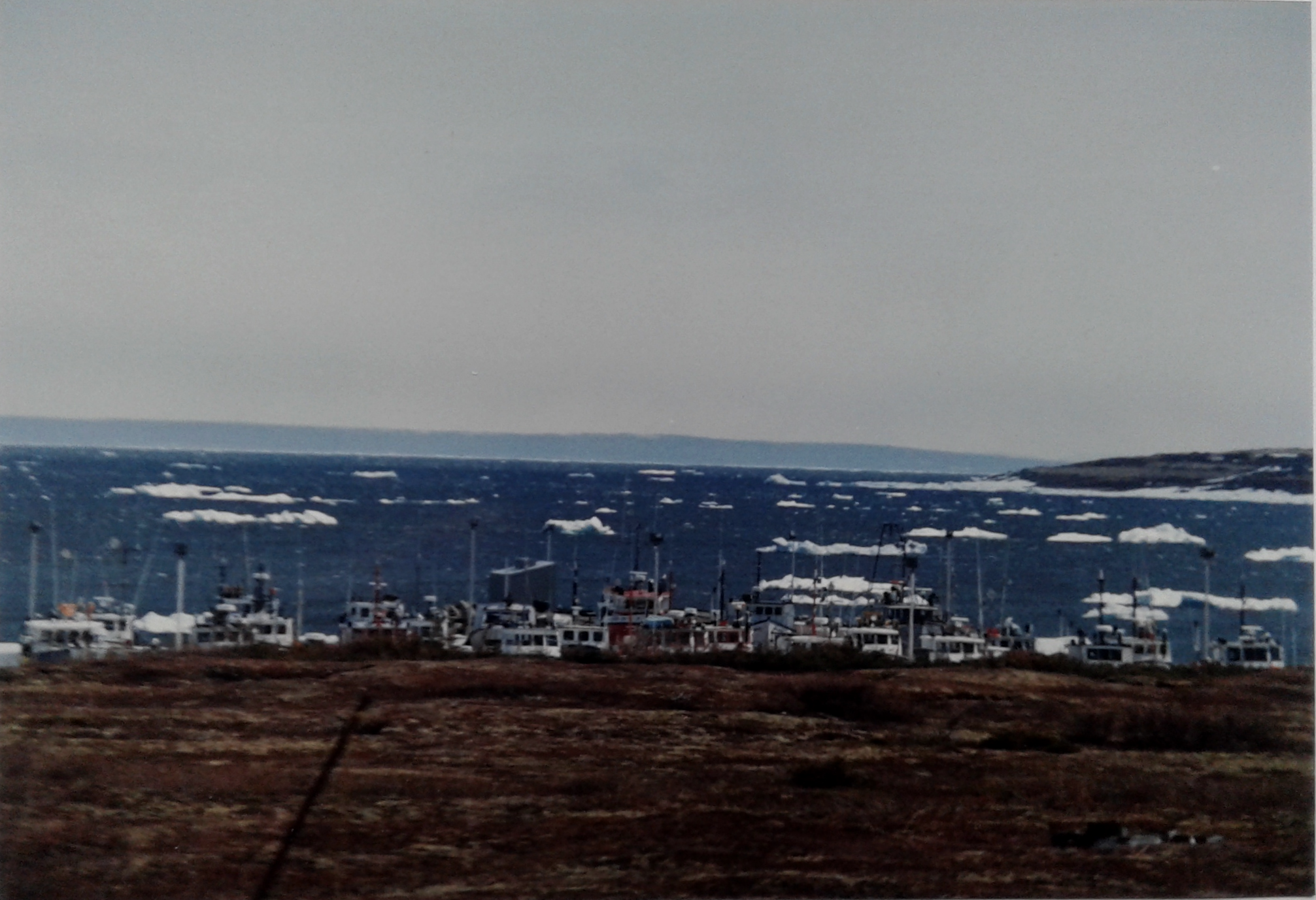I reached McGill in August 1990 after more than two days on the bus from my hometown of Edson, Alberta, between Jasper and Edmonton. The only relatives I knew of east of Alberta were Irish immigrants in the Cote-des-Neiges cemetery. My dad's dad, born near Sherbrooke to Irish immigrants, migrated west during World War One, newly married to my Irish-born granny.
The first person I called from the off-campus rental list at the McGill housing office let me share his apartment – a three-bedroom on the first floor of a 90-year-old building on St. Urbain near Rachel where he lived with his preschool-aged son. He and I paid $150 each per month. He was studying physiotherapy at McGill and is now retired from his Laval job. He and his son, now a mechanic, remain my friends to this day.
"Did you call about the room?" he asked, coming out the door.
"Yes."
"I'm riding downtown to get my son for the night from his mother. Take my extra bike and come along. We'll talk later."
Thus, a week after quitting my overnight shift job in a convenience store in Edson and busing from that Rocky Mountain Foothills town of 6,000, I was cycling in downtown Montreal at rush hour. We met Mom and Son at a demonstration against Hydro Quebec's damming of Indigenous land in Northern Quebec.
Mohawk language and cultural specialist Frank Gabriel told one of my McGill classes that people who would teach Indigenous students are obliged to learn about and be sensitive to their cultures. A good teacher learns as well as teaches.”
When I received my share of the inheritance from my widowed dad, who had died a year earlier, my roommate and I spared no expense for a meal at Moishe's after a February of many potatoes.
My McGill one-year elementary teacher training program accepted one applicant in 11. My Carleton University English degree and University of Alberta business degree helped me into the program.
About eight of the 67-odd students were men. Most students were from Canada, but I remember a Nigerian, a Chilean, and some United States students.
The intensive nine-month, 45-credit program united us by necessity. Groups of us spent many hours in intense homework, in the library, in empty classrooms, on the lawn above the reservoir, and around Montreal during field trips our professors mandated.

Michael Wynne circa 1990.
One trip I made that my professors didn't mandate was a bike ride to and across the Mercier Bridge. The Oka Crisis had just ended and the army was still on the bridge. "Try not to get shot riding back to Montreal," some Mohawks told me.
Mohawk language and cultural specialist Frank Gabriel told one of my McGill classes that people who would teach Indigenous students are obliged to learn about and be sensitive to their cultures. A good teacher learns as well as teaches. My parents said that we have two ears and one mouth, so we should listen more than we talk.
McGill's program paired students in greater Montreal school classrooms for our two first practice teaching segments. My partner in a Roslyn Elementary School Grade 6 class in Westmount was a Polish-born woman. We practiced some of our school lessons on her engineer husband, who pretended to be in Grade Six without throwing pencils or paper planes.
Students chose where to do their last practice teaching segments, which consumed May. The coordinator asked for six volunteers for remote, rural postings. Five women and I soon flew by jet from Montreal to Sept-Îles. Then a two-propeller plane hopped down the North Shore. It left a student teacher at Havre-Saint-Pierre, Natashquan, La Romaine, Harrington Harbor, La Tabatière, and Blanc-Sablon.
Trees were few and small, but ice chunks bigger than houses plugged the Strait of Belle Isle between Blanc-Sablon and St. Barbe... Each night I heard the ice grind and creak.”
The St. Theresa School principal met me at the Blanc-Sablon airport, near a display case of archeological finds from the area. She left Hungary in 1956, like the man I interviewed during my early-1980s stint as a rural Alberta newspaper reporter.

Labrador was two kilometres away. I would walk many a kilometre along that rugged coast after school and on weekends.
Trees were few and small, but ice chunks bigger than houses plugged the Strait of Belle Isle between Blanc-Sablon and St. Barbe, on Newfoundland's Northern Peninsula a few kilometres away. Each night I heard the ice grind and creak. One night in late May, wind from the north blew almost all the ice into the Gulf of St. Lawrence.
The first Sunday in May, the couple who boarded me brought me to their relatives at St. Paul's River, about 60 kilometres west, then the western end of Highway 20. There were three feet of snow on the rocky fields along this inland road, but we couldn't see them from the car, over the snow plowed three metres high on each side of the road.
My Grade 1-2 class of about 14 students included a diabetic asthmatic girl and an Indigenous Montagnais boy. My supervising teacher, settled there with a husband and children, was from New Brunswick.

The local school division wanted to hire all six of us the next school year, but it caught only one of us, as local fishers would say. Another student went to teach in the Caribbean. I returned West.
My first teaching job was among Chilcotin people in the Cariboo Region of Central British Columbia. I was living along the Highway 20 that touches the Pacific Coast at Bella Coola, a few months after living along the Highway 20 that touches the Atlantic Coast at Blanc-Sablon.
I met my future spouse, who learned English in Kindergarten. She remains fluent in Chilcotin, the strongest Indigenous language in British Columbia, which boasts about half of Canada's Indigenous languages. Our adult daughter and I are less fluent. When my spouse graduated from the University of Northern BC and was named class valedictorian, her speech, which she delivered in Chilcotin and English, went viral on the university website.
Arthritis contracted in childhood kept my spouse from attending Indian residential school, unlike her sisters. In the 2000s, her sisters and their parents got Common Experience Payments for their residential school suffering. In 2020, my spouse and other survivors of Federal Indian Day Schools qualified for compensation due to a class action lawsuit victory covering more than 100,000 such survivors. Her band took over their Day School a year before I taught there.
As I helped write Day School experience stories for compensation claims for my spouse and several of her relatives and friends, I realized how lucky I was to attend public schools. Teachers can help or harm children permanently without realizing it.
My life before, during, and since McGill inspired me. I hope my story inspired you.

